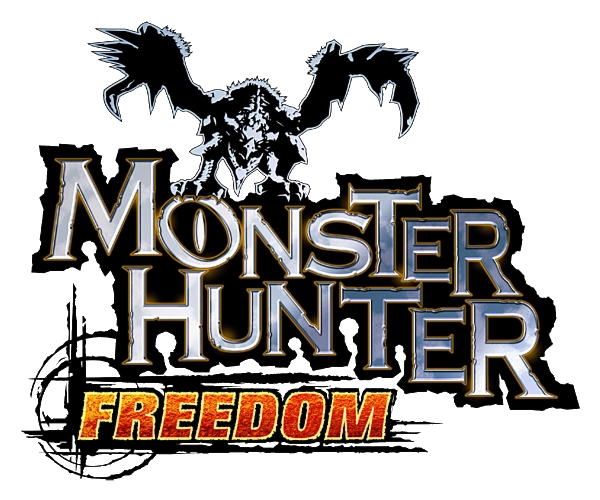
Monster Hunter Freedom
I bought Monster Hunter Rise a while back, only to find it so frontloaded with information and mechanics as to be nearly impenetrable for a newcomer, but the franchise’s concept has always appealed to me, so I figured I’d go back to its first generation and work my way up to modern titles. It’s a plan that’s worked swimmingly for Civilization, but unfortunately, Monster Hunter has not been so lucky. I’ll probably give Rise another try now that I have a baseline understanding of how it works, but I’m sure as hell not playing four more of these things along the way. This is a game where one or more players collaborate to bring down enormous freaks of nature with the help of traps, bombs, tonics, and a huge variety of weapons and armour crafted from the remains of other enormous freaks of nature. There are detailed systems governing location-based damage, weapon sharpness, stat-boosting food, and monster behaviour. This game had to try very hard to bore me as much as it did, so how did it happen?
The simple answer is that it’s slow – and I mean slow – in literally every way. Every action, no matter how trivial or frequent, calls for an overlong animation. In combat, I found all but the weakest, shortest-range weapons had a wind-up and recovery period so unbearably long that they were practically unusable, and that’s before taking into account the utterly broken hitboxes. I’m reasonably sure that the standard combat is intentionally obstinate in order to encourage the use of traps, etc. The problem there is that acquiring those alternative tools wasn’t made any more entertaining to compensate, so most of the game just becomes an endless grind. It’s all seemingly designed to waste as much of the player’s time as possible, too – crafting almost always carries a chance of failure, slain enemies and gathering spots don’t necessarily give the desired items every time, and bodies disappear quickly, so good luck harvesting the spoils of battle if anything hostile happens to be nearby. The bowgun is by far the most interesting weapon due to its many different types of ammunition, but the idea of expending 10 minutes worth of effort to just…attack sounds horrendous. The crazy thing is that all of this comes after Freedom introduced multiple features that speed up the grinding process. I can only imagine how masochistic playing the original PS2 release must have been.
Speaking of which, it always surprises me that the PSP became the platform of choice for such a large game, but I guess it was never graphically impressive to begin with. The monsters are the centrepiece, of course, and an impressive amount of effort has gone into making them move, sound, and act like real animals. Unlike with player animation and resource grinding, this is where commitment to realism is actually commendable. The game’s structure is in more of a middle ground. The idea that boss fight-equivalent events can just happen basically wherever seemingly breaks several rules of game design, but it sort of works when treated as a core feature – as another element of the hunt to keep in mind. It’s surprising, then, that Monster Hunter doesn’t have an open or even consistent world; each quest features a uniquely-remixed version of its designated area instead. It’s an oddly artificial system that slightly undermines the organic presentation and severely undermines the narrative. That is to say, there is no narrative, because every single event has to boil down to, “There is a monster here, and I wish that there wasn’t.”